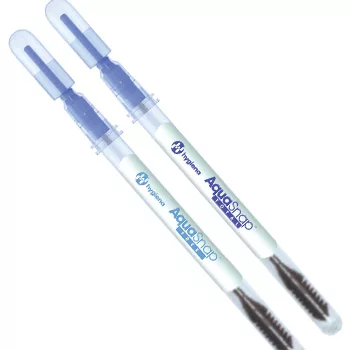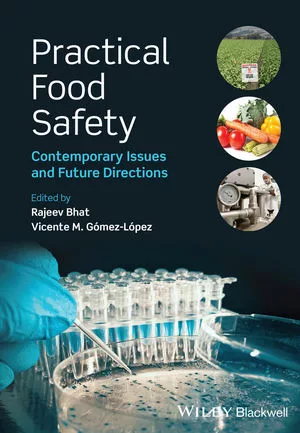Back to the Future: Controlling Microbial Contamination in Water

Although pathogen detection, total counts, hygiene monitoring, etc. have deservedly received much attention for food products and on food plant surfaces, fewer methods have addressed microbial contamination in water. Since water is used all around the plant for multiple purposes, it is incumbent upon us to consider quick, easy-to-use methods that are readily available for assessing microbial contamination in fluids. Membrane filtration is great for concentrating volumes of water, but that leads us back to the slow time-to-results of the standard agar plate. While many of us know the advantages of adenosine triphosphate (ATP) for surface hygiene monitoring, fewer recognize that ATP has a proven track record for monitoring microbial contamination in process water, CIP water, product water and cooling tower water.
The evolution of ATP measurements is a benchmark for our entire rapid methods industry. Work with ATP began with a group of capable NASA scientists in the 1960s and then grew slowly until the 1990s. Adoption then proceeded exponentially. This acceptance is based on the fact that ATP is present in all living cells. This in turn provides us with a useful indicator of microbial biomass. Results are available in under a minute. They can be obtained with little technical expertise, and the method provides readily understandable results. No flux capacitors are needed, only AquaSnap sampling tubes with self-contained reagents and an EnSURE instrument.
Dr. Joseph Zindulis, Weber Scientific, explains that “the ATP water test, AquaSnap, provides a straightforward method for measuring microbial biomass. Total ATP in one AquaSnap comprises fractions with microbial ATP and extracellular (nonmicrobial) ATP. Free ATP in a second AquaSnap is nonmicrobial. The difference between the total and free ATP is the microbial component.” The results are best evaluated as part of a relative index, although correlations to plate counts have been successfully performed.

Since results are easily and quickly available, one can use Aqua-Snap in water to provide an early indication of process failure (with regard to both the product and cleaning). AquaSnap can also be used to rapidly assess biocide and preservative efficacy. Ultimately, these results can lead to fewer reject batches for processed products.
In order to see how this works, consider Dr. Zindulis’s visit to a vegetable company in the Midwest. The company uses water to help transport their vegetables down a chute. End-product testing showed that they were experiencing high contamination. Every attempt to find the source of this contamination led to waiting 1 to 2 days while their plates incubated. Then they plated again and then again. After a week, they still had high levels of contamination, and they were no closer to finding the source than when they started. The ATP water test solved the entire problem in less than 2 hours. Points were sampled up and down the line in minutes, and the problem was narrowed to one region on the line. Above this point on the line, there were low levels of contamination. The problem was found to be a large polymer bead that joined two sections of the chute to prevent leakage onto the floor. This bead was a huge microbial reservoir that was contaminating product. Case closed.
Not yet convinced? A bottled water company in the East was experiencing mold contamination in their finished product. Their filling room was first class, better than many manufacturing cleanrooms. Everyone was frustrated. So what was the problem? A few ATP water tests later, high microbial contamination was found in water samples upstream of their cleanroom. Dr. Zindulis suggested that plant personnel look up. Mold was observed on the wet ceiling above the bottles—easy to see once you knew where on the line to focus. The moral to this story is that the ATP water test is a very good troubleshooting tool. More importantly, it is a great routine test that minimizes the need for troubleshooting.
AquaSnap can be used to advantage all over the food plant. Can it be used in every application? No more than one antibiotic can treat every infection. However, this ATP water test has broad use, sufficient sensitivity and fast results, and costs have moved from the pricey days of early adoption to those of a commodity. You will be pleasantly surprised at what this established rapid method can do for your plant. “Your (plant’s) future is not yet written. So make it a good one.” – Doc Brown, Back to the Future
AquaSnap and EnSURE are produced by Hygiena and distributed by Weber Scientific. www.weberscientific.com
Looking for quick answers on food safety topics?
Try Ask FSM, our new smart AI search tool.
Ask FSM →








